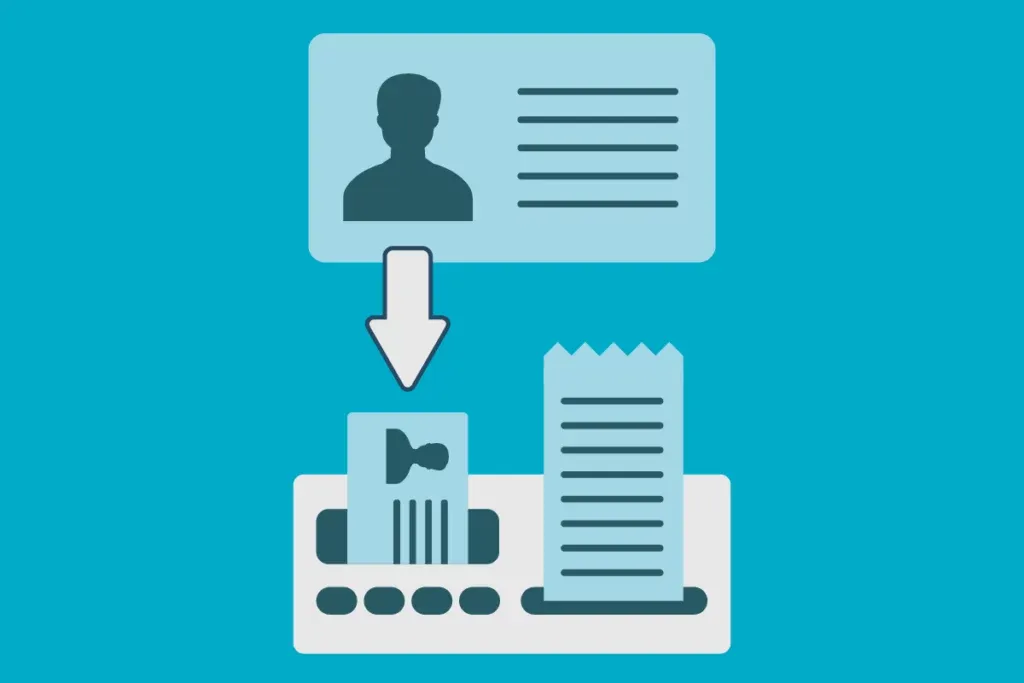Digital tachograph cards are required to operate certain vehicles in a commercial context. These cards are unique to the driver and are governed by strict usage, renewal and replacement rules. Such cards enable tachograph analysis for the effective management of information to ensure compliance with regulations and reduce the risk of penalties.
What is a digital tachograph card?
Digital tachograph cards are required when operating a vehicle with a digital tachograph fitted, which should be any commercial vehicle over 3,500 tonnes that was manufactured after 2006. The card is tied to an individual, allowing for fleet tracking: the tachograph logs any driver hours to the driver whose card has been used.

Digital tachograph cards are similar in appearance to UK and EU driving licences: about the size of a credit card and with a photo ID. There are four different types of digital tachograph cards, each of which is described below.
Never risk any tachograph fines again!
Get started with analysing your tachograph files with the FleetGO all-in-one tacho solution. Never miss an infringement again!
Chances of getting invested are higher than ever!

Driver card
This type of card is held by commercial drivers and is the most common type of digital tachograph card. Drivers must enter their cards before driving any commercial vehicles with digital tachographs installed to ensure they do not exceed their allowed drive time without breaks.
Drivers are not permitted to hold more than one driver card at a time and will have to renew their driver card every five years. Tachograph cards that are lost or stolen must be replaced as soon as possible, and the replacement card will carry the same expiry date as the card it is replacing.
In the event that a driver’s card is lost, a driver is permitted to drive for a maximum of 15 days without a card while they wait for a replacement, though they must print out and keep their activity at the end of each drive. The fleet company also needs to document the situation and establish that a replacement card has been applied for before they allow a cardless driver to drive.
Other than the provision mentioned above, it is an offence to drive an applicable commercial vehicle without a driver’s card. It is also an offence to use an expired, replaced or defective card or for a driver to let anyone else use their card. Any of these infringements can result in a driver’s card being withdrawn.
Company card
Company cards act as a key to the digital tachograph unit. These cards hold identification information for the organisation that owns the vehicle. This card not only puts the company information into the digital tachograph unit but also locks that information so that it can only be viewed by someone with a valid company card.
In addition to locking the company information, company cards are required to download the data stored in the tachograph, which is a legal requirement. Data is held on the unit for 365 days and must be stored in its original encrypted format for at least 2 years so that the DVLA can carry out any checks they need to with confidence that the data is authentic.
Workshop card
Workshop cards are held by authorised technicians who can install and calibrate digital tachograph units. This card also allows the holder to drive the vehicle, such as for road tests and is the only card other than a driver card that permits the holder to drive a commercial vehicle with a tachograph installed.
Control card
Control cards are only issued to DVSA examiners and law enforcement. These cards can be used to obtain printouts of any infringements over the previous 365 days, which is the maximum time the tachograph unit will store information. These cards are used during inspections and roadside checks and can also be used to see the details of a driver’s duty for any day.
Other things to note
If a driver or workshop technician works for multiple employers, their driver hour limits still apply and are made up of the combined hours of driving across all employers. In such cases, the driver is legally obligated to inform their employers in writing of any hours they have driven for other employers, as sending a driver out on a 6-hour duty when they only have 3 hours of driver hours left is an expensive mistake to make.
How to get a digital tachograph card?
Applying for a digital tachograph card can be done by accessing the appropriate page on the DVLA website and following the instructions.
Cards can be applied for either online or through the post and require the applicant to fill out a ‘D777B/DL’ form. If the driver already has a photocard licence, the DVLA will be able to use the photograph and signature from that.
How do I renew my digital tachograph card?
The process for renewing or requesting a replacement for a lost, stolen or damaged card is the same as that of applying for a first card, as covered above.
How much is a digital tachograph card?
The fees for a digital tachograph card vary depending on the situation:
- £32 for a first-time applicant applying for a GB driver digital tachograph card
- £19 to renew a card that has expired
- £19 to replace a card that has been lost, stolen or is defective
- £32 to change an EU, EEA or Northern Ireland card to a GB card
Note that these prices are subject to change, so it is always worth checking the DVLA website for up-to-date prices before applying for a new card.
What is my digital tachograph card number?
The digital tachograph card number is a 16-digit alphanumeric identifier unique to a specific driver in the same way that a standard driving licence has a unique number.
Sources:
Disclaimer
This content is provided for informational purposes only and is not meant to be an endorsement or representation by FleetGO.com or any other party. This information may contain inaccuracies or typographical errors, despite our efforts to ensure accuracy. FleetGO.com accepts no responsibility or liability for any errors or omissions, and is not responsible for the contents of any linked website or any link contained in a linked website. Please refer to our full disclaimer for more details.


